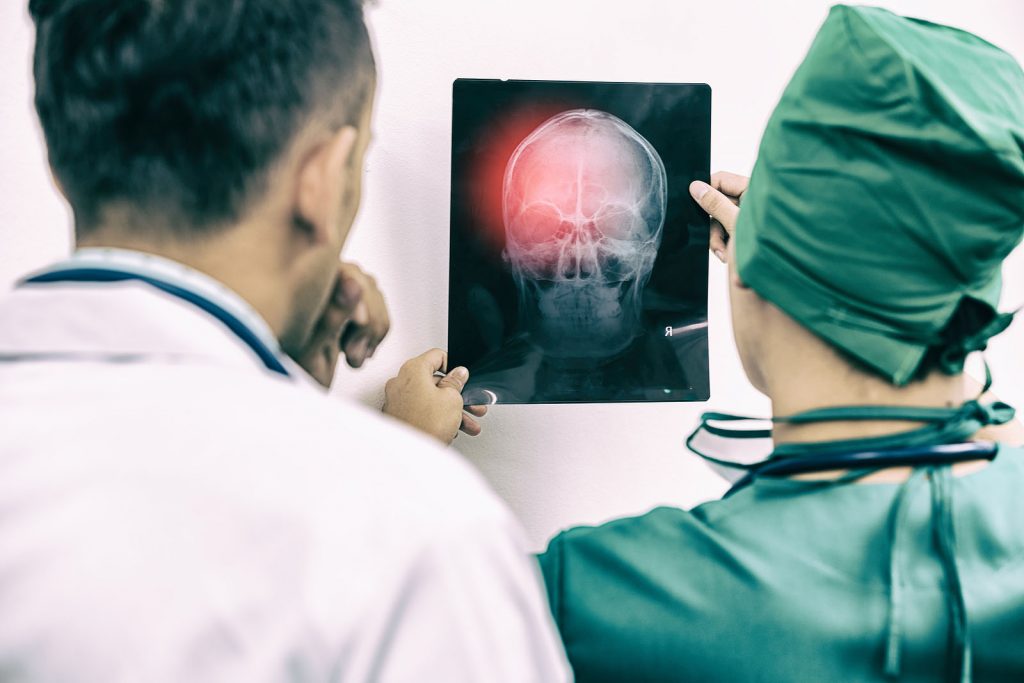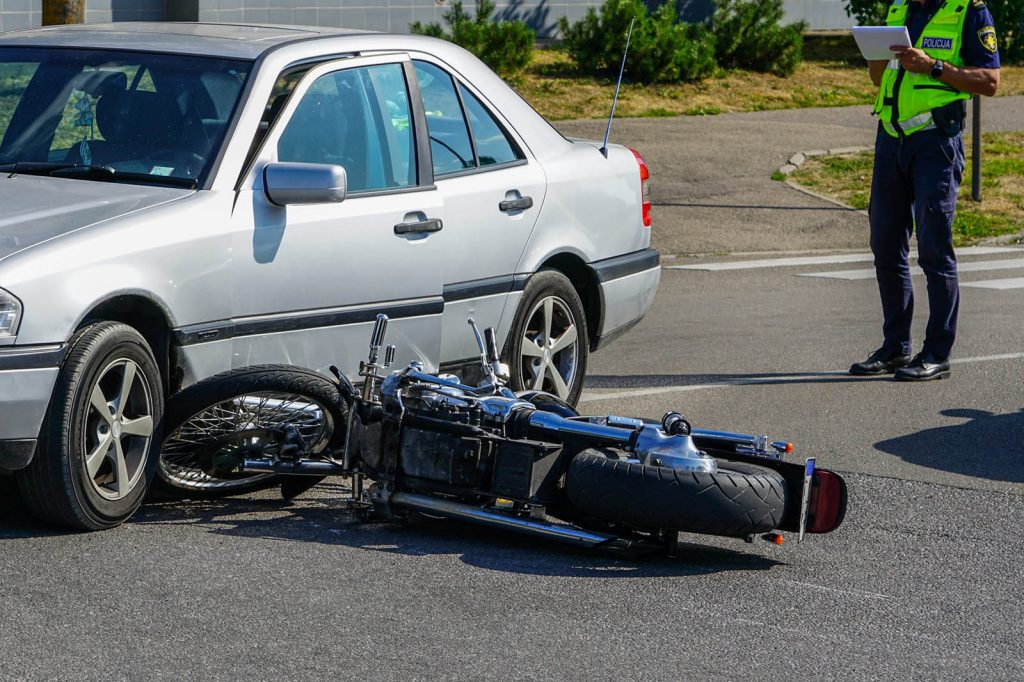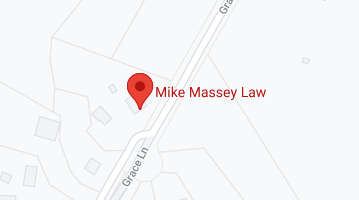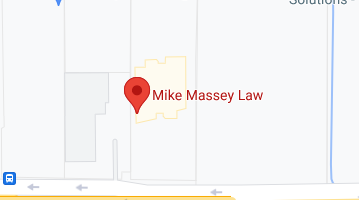What is a T-Bone Accident?
Sometimes it’s difficult to prove which driver is at-fault for a traffic accident, but if you are injured in an accident and you seek compensation, you will have to prove that the other driver was at-fault. You’ll need representation and advice from a Texas car accident attorney.
T-bone accidents happen when the front of one vehicle strikes the side of another, forming the shape of a “T” at the impact point. New automobiles sold in the U.S. must now meet side-impact safety requirements, but T-bone accidents still cause thousands of injuries each year.
If you’re injured in a T-bone crash, arrange to speak right away to a Texas traffic accident lawyer who will review the evidence to determine if you can pursue compensation for your injuries and losses. It is essential to act as rapidly as possible after you have been injured.
What Are the Facts About T-Bone Accidents?
It’s not unusual to be involved in a serious traffic accident in Texas. According to the Texas Department of Transportation, more than 4,400 people lost their lives on Texas streets and highways in 2021, and more than 19,000 people sustained serious injuries.
According to the National Transportation Highway Safety Administration, 18 percent of all fatal traffic accidents are T-bone accidents. Approximately 8,000 people die each year in the U.S. in these accidents. Survivors may suffer injuries that include:
- traumatic brain injuries or “TBIs”
- spinal cord, neck, and back injuries
- internal injuries and bleeding
- injuries requiring amputation
- broken bones
If you suffer any of these injuries in a T-bone accident, you may need to recover the maximum amount of compensation that’s available.
How Is Fault Determined in T-Bone Accidents?
A motorist who cannot stop a vehicle safely and who causes a collision will almost always be assigned liability for an accident. Either motorist, or both, may be at fault for a T-bone accident.
If two vehicles enter an intersection at the same time, the vehicle on the left must yield right-of-way to the vehicle on the right. No matter how a T-bone accident happened, the evidence at the scene will help investigators determine who was at fault.
If you are involved in a T-bone accident, collect whatever evidence you can. Take photos of the accident location and the damages to the vehicles. Speak to any witnesses and ask for their personal contact details. Photos and witness statements can be important evidence in these cases.
After a Traffic Accident, Take These Steps
Injuries sustained in T-bone accidents are not always obvious and in some cases remain latent and undiscovered. You may feel fine, but after a T-bone crash, if you have not been taken to a hospital or treated at the scene, arrange to have a medical exam within 24 hours if possible.
That medical exam not only protects your health, but it also proves how you were injured. Without it, the other driver’s lawyer or insurance company might claim that you weren’t really injured or that you were injured in some other way, at another time and place.
Texas is an at-fault state for automobile insurance, which means that the driver who causes an accident is legally responsible to pay for the damages and injuries.
When Should You Reach Out to an Attorney?
Immediately after that medical exam, contact a Texas traffic accident lawyer. If a negligent driver crashes into the side of your vehicle and injures you, do not accept a quick settlement offer.
Instead, refer the other driver’s insurance company to your Texas car accident attorney, and let that attorney talk and negotiate on your behalf. Your attorney will negotiate a more generous settlement than the “low-ball” amount that you will most likely be offered.
Don’t sign any insurance documents or legal papers, and do not make a formal statement to the negligent driver’s car insurance company. Whatever you say to the other driver’s insurance company could be used against you, so let your lawyer do the talking.
How Will Your Attorney Help You?
To learn how a T-bone accident occurred and which motorist was at fault, a Texas injury attorney will consider the police accident report, photographs from the crash site, your medical records and test results, and the statements of any eyewitnesses.
After determining fault, if you are entitled to recover compensation, your lawyer will negotiate privately and out-of-court on your behalf. Most traffic accident claims in Texas are settled outside of the courtroom, and most injury victims do not even have to make a court appearance.
But if no acceptable settlement amount is offered, or if fault for the accident is disputed, a Texas accident attorney will take your injury claim to trial, explain to the jurors how you were injured and the extent of your injuries, and ask the jurors to order payment of your compensation.
What is the Deadline for Taking Legal Action?
In Texas, if you are injured by a negligent driver in a T-bone accident, you have two years from the date of the accident to initiate legal action. If you’ve missed that deadline, go ahead and speak to an attorney, as it’s possible that your case may qualify as an exception.
But if you’ve been injured by a negligent driver recently, or if a negligent driver injures you in the future, call an attorney at once. If your attorney can examine the evidence while it’s fresh and speak to the witnesses before their memories fade, your injury claim is more likely to prevail.
After a Serious Injury, Can You Afford an Attorney?
You may be unable to work for weeks – or for months, in some cases – after you’ve been injured in a T-bone accident, and with medical bills piling up next to your regular monthly obligations, you and your family might face financial hardship.
Don’t let worries about money stop you from seeking the justice you need and deserve. If you’ve been injured by a negligent driver, a Texas personal injury attorney will handle your case on a contingent fee basis, so you pay no attorney’s fee upfront and no fee until you are compensated.
It starts by contacting an attorney for a no-cost, no-obligation case evaluation. That free case evaluation is your chance to receive personalized advice and to find out how the law will apply in your own case.
If you and your attorney can prove that a negligent driver injured you, you will recover the compensation that you are entitled to by Texas law, but the first step – calling a Texas personal injury lawyer after you’ve been injured – is yours to take.









